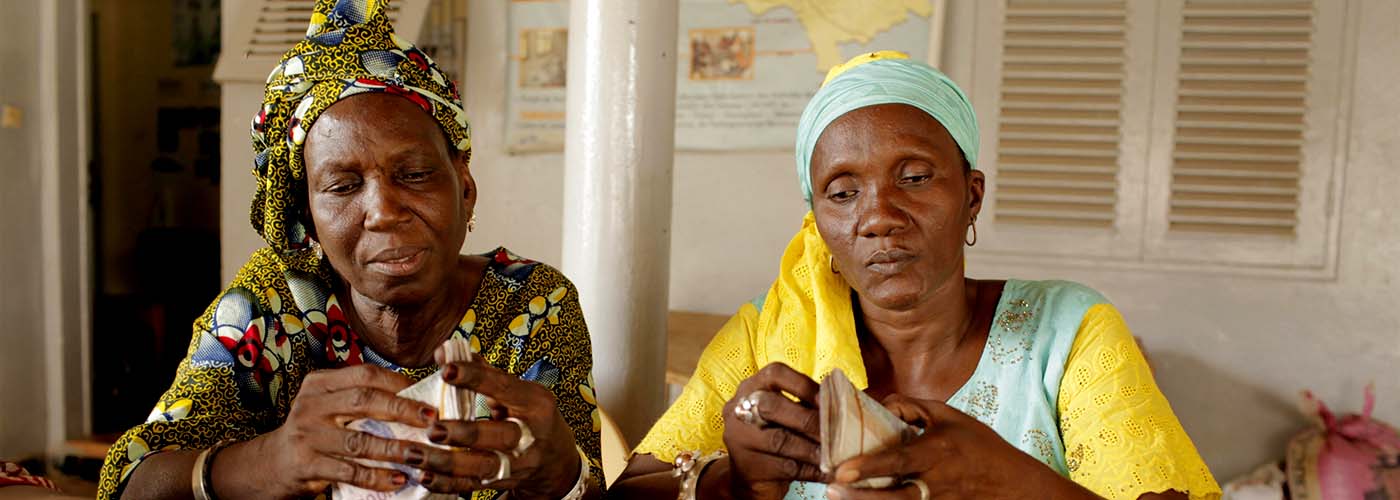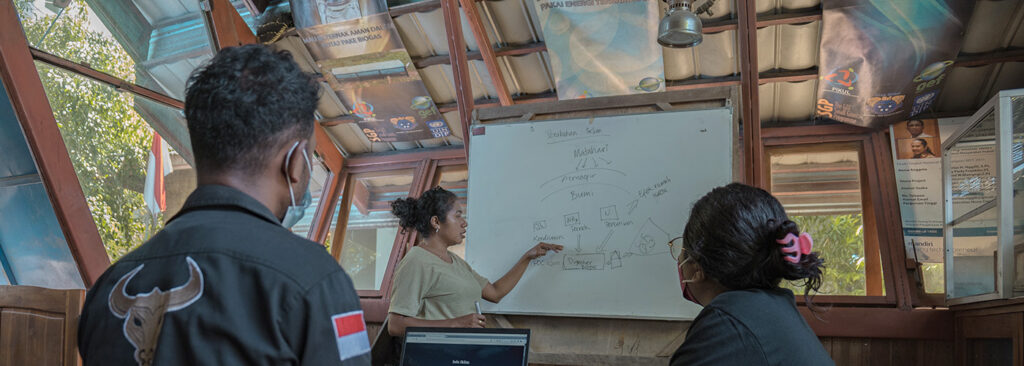Opinion by Merit Hindriks, Global advocacy and communication, Voices for Just Climate Action at Hivos
How to mobilize climate finance is one of the key recent debates sparked by the climate crisis. The first step is to recognize that not all countries bear the same responsibility for the crisis, nor are they equally able to respond to it. This means that those countries which have contributed most to the climate crisis are obliged to provide financial resources to assist developing countries implement climate action plans. But this is just the supply side: the way finance is mobilized. The way the money is spent is more complex. How best to distribute (enough) climate finance justly and equitably is a tricky question. One that’s at the heart of climate justice.
Let’s get to the bottom of it!
Global climate funds
When agreements between countries on climate finance targets were made in 2009, several existing international entities and new global climate funds were tasked to distribute it. To make sure the money would benefit developing countries, and more specifically local communities that are hit hardest by the climate crisis, developing nations would have their own representatives empowered to help decide the direction of the flows. This was specifically the case of the Green Climate Fund (GCF). The thinking was that this was a better way to coordinate and target funding to the local level. However, what we know now is that the funds achieved quite the opposite because they repeated the mistakes of other international finance institutes. Little of the funding (from all global finance institutions) supports local level projects in developing countries. It is not properly channeled through (sub) national governments, and direct access to funds for local communities is made impossible by the size of grants, difficult access modalities, reporting requirements, and inappropriate co-financing targets.
Increasing access for local communities
One of the ways to overcome this challenge is to increase local communities’ access to climate funds. From the supply side, small grant funding and Enhancing Direct Access facilities with simplified access and approval procedures are slowly starting to allow community level projects apply for funding. At the same time, capacity development is helping make grassroots organizations better able to handle the funds and match the global funding system.
But these activities, although crucial, still approach the climate financing issue in a top-down manner. Yes, funds can and should adjust their financing mechanisms to simplify access for grassroots organizations, but these organizations will still need to adhere to the funds’ architecture. Anju Sharma of the Global Center on Adaptation hit the nail on the head at an event on climate finance hosted by Hivos and the Voices for Just Climate Action (VCA) alliance at COP26. “We expect the impossible – that local communities will magically overcome their current capacity constraints and build enough capacity to deal with international complex rules”.
To realize a change and ensure climate finance is just and reaches those most affected, we must turn it around and start bottom-up. What climate activities are local communities implementing? How much funding do they need for this, and under which conditions?
And equally important, how can global climate funds and their donors make the system more suitable to local communities. How can they be accountable to the communities instead of the other way around?
What we can learn from local financing mechanisms
Hivos’ VCA program recently commissioned a mapping exercise to gain better insight into local climate responses and the way local communities finance them. The study builds on another recent study by VCA alliance partner SouthSouthNorth (SSN) on towards COVID-19. The mapping is not exhaustive, but covers a wide range of local climate finance mechanisms from which we can draw interesting lessons. It turns out that local climate finance mechanisms have successfully used similar methods, e.g. village saving schemes, community-driven microfinance, crowdfunding platforms, climate-specific local microfinance, blended finance, and small resilience grants.
As opposed to major international funds, local funding is smaller in size, has simpler accessing procedures, is more flexible, and is better tailored to local needs. This makes it easier for communities to define its measures of success. On top of that, local funding lets the community participate in defining its parameters and makes use of their skills and expertise to ensure projects grow and have impact.
The down side
At the same time, there are drawbacks to these local financing schemes. Most notably, increased indebtedness. Most of the schemes are based on a lending structures (e.g. village saving schemes), and the initial financial injection needs to come from the community itself. Something not all communities can afford.
Loans are also limited in applicability as they can only be used for economic activities that have a return on investment. Unfortunately, there are many local climate solutions that do help local communities adapt to climate change, but don’t necessarily have an economic return.
For these reasons, more finance is still needed in the form of grants.
Bridging local and global
Let’s now return to the question of how global climate funds can distribute money justly and equitably. They should start by putting the lessons we have learned about local financing mechanisms to good use. For example, picking elements that work at the local level and integrating them in their funding structures. This also means they have to allow for local participation and decision-making power at the lowest level possible.
National level entities, such as governments, can also play a crucial role as intermediaries. They can help develop tailored financial instruments that allow direct access, distribute funds into small grants, and secure community engagement in planning and implementation.
Where does this leave us?
Hivos and the VCA alliance support local communities and grassroots organizations in six countries in developing and advocating for their preferred climate solutions and ways to finance them. We do this at local level by investing in their capacity to influence; at national level by working with these organizations and national governments to create climate action plans and promote just distribution mechanisms for finance; and at global level by amplifying local voices and solutions and advocating for more direct access to funding and more inclusive financing mechanisms.
In doing so we follow the maxim of Kitty van der Heijden, Director General of International Cooperation at the Dutch Foreign Ministry, when she said “Think local and act global” at our COP26 panel session in November.




